One tank of hydrogen is enough to support 621 miles of travel.



If I were to make a prediction, I’d think there’s a good chance that it is not batteries. But capacitors.”
Today he may be making good on his prediction. The electric vehicle manufacturer confirmed that it has acquired a small San Diego lab that owns ultracapacitor patents and technology.
Maxwell Technologies provides dry electrode manufacturing technology that can be used to make to make batteries that power electric vehicles and renewable energy systems. The company announced that in an all-stock transaction it will merge and become a wholly owned by a subsidiary of Tesla.

Imagine this: a driverless car cruises around in search of passengers.
After dropping someone off, the car uses its profits for a trip to a charging station. Except for it’s initial programming, the car doesn’t need outside help to determine how to carry out its mission.
That’s one “thought experiment” brought to you by former bitcoin contributor Mike Hearn in which he describes how bitcoin could help power leaderless organizations 30-or-so years into the future.


Instead, the body of the Lamborghini Terzo Millennio concept car, made from exotic carbon nanotubes, would be used as a supercapacitor. Supercapacitors store and release energy in a manner different from that employed by batteries. They have certain advantages, but also serious disadvantages.
It could be years, if ever, before scientists from MIT and Lamborghini, which is part of the Volkswagen Group ( VLKAF ), can overcome the downsides. But the effort would be worth it, said Mauricio Reggiani, Lamborghini’s head of research and development.
“At the moment, we are really optimistic,” he said.
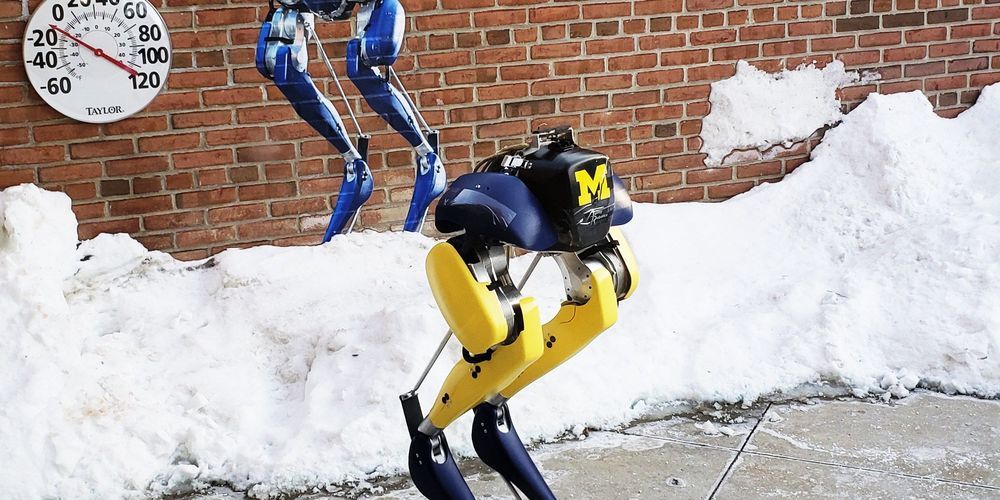
This is not a story about how the polar vortex is bad—bad for the human body, bad for public transportation, bad for virtually everything in its path. This is a story about how one being among us is actually taking advantage of the historic cold snap: Cassie the bipedal robot. While humans suffer through the chill, this trunkless pair of ostrich-like legs is braving the frozen grounds of the University of Michigan, for the good of science.
“When we saw the announcement for the polar vortex, we started making plans to see how long we could operate in that kind of weather,” says roboticist Jessy Grizzle. “We were going to tie a scarf on her just so it looked cute, but we decided people would think that was keeping her warm and affecting the experiment, so we didn’t.”
You’ve read your last complimentary article this month. To read the full article, SUBSCRIBE NOW. If you’re already a subscriber, please sign in and and verify your subscription.
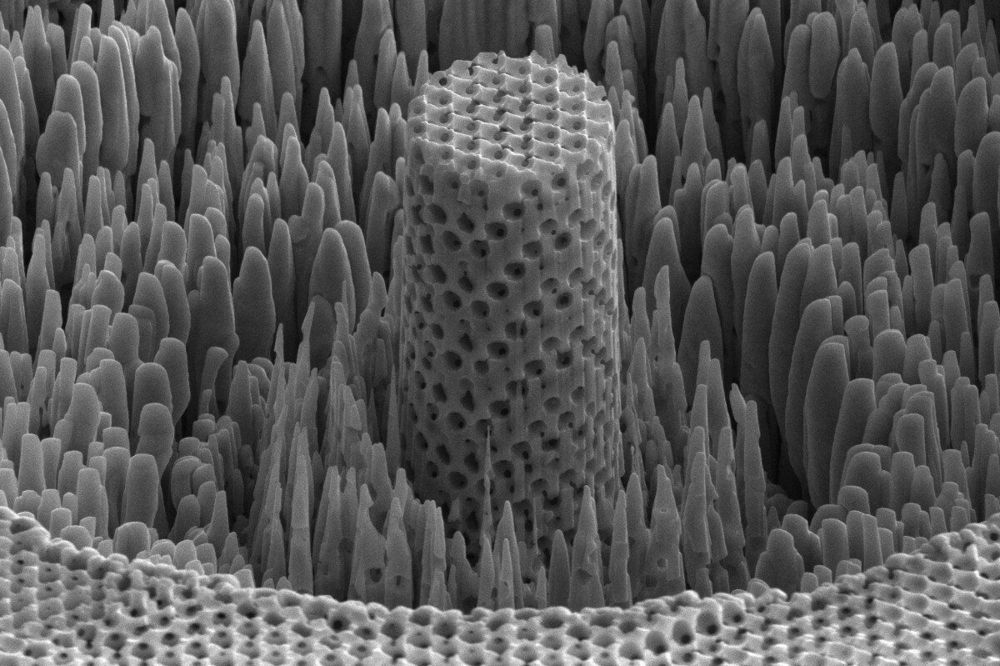
High-performance golf clubs and airplane wings are made out of titanium, which is as strong as steel but about twice as light. These properties depend on the way a metal’s atoms are stacked, but random defects that arise in the manufacturing process mean that these materials are only a fraction as strong as they could theoretically be. An architect, working on the scale of individual atoms, could design and build new materials that have even better strength-to-weight ratios.
In a new study published in Nature Scientific Reports, researchers at the University of Pennsylvania’s School of Engineering and Applied Science, the University of Illinois at Urbana-Champaign, and the University of Cambridge have done just that. They have built a sheet of nickel with nanoscale pores that make it as strong as titanium but four to five times lighter.
The empty space of the pores, and the self-assembly process in which they’re made, make the porous metal akin to a natural material, such as wood.
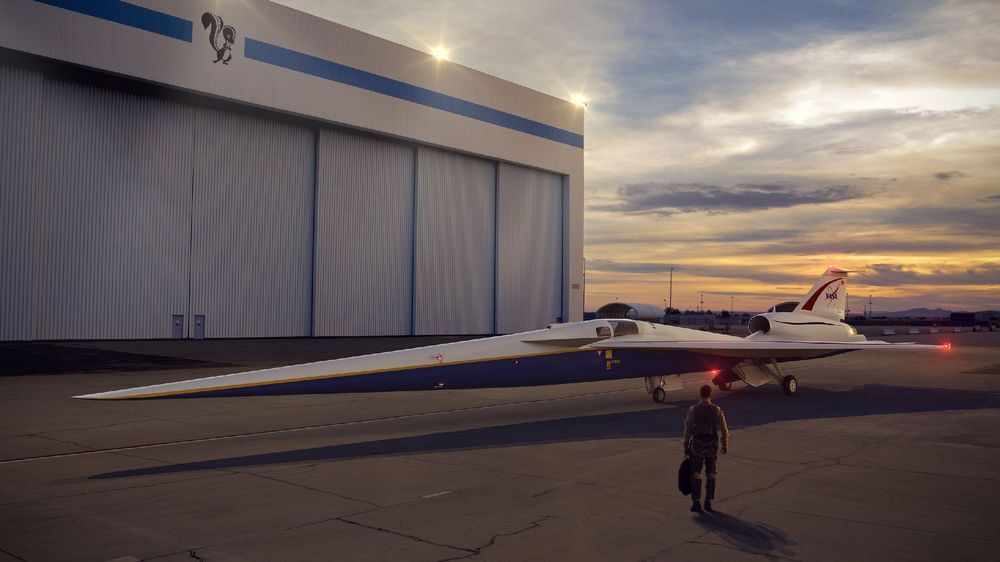
NASA has started production of a plane that will fly faster than the speed of sound, but will be almost inaudible from the ground below.
The US space agency plans to bring supersonic speeds back to commercial air travel with the X-Plane. But unlike its predecessor Concorde, its sonic booms will be too soft to be noticed from the ground.
If all goes to plan, the piloted aircraft will be built and delivered to NASA’s Armstrong Flight Research Centre by the end of 2021, and will be approved for commercial use by 2025.
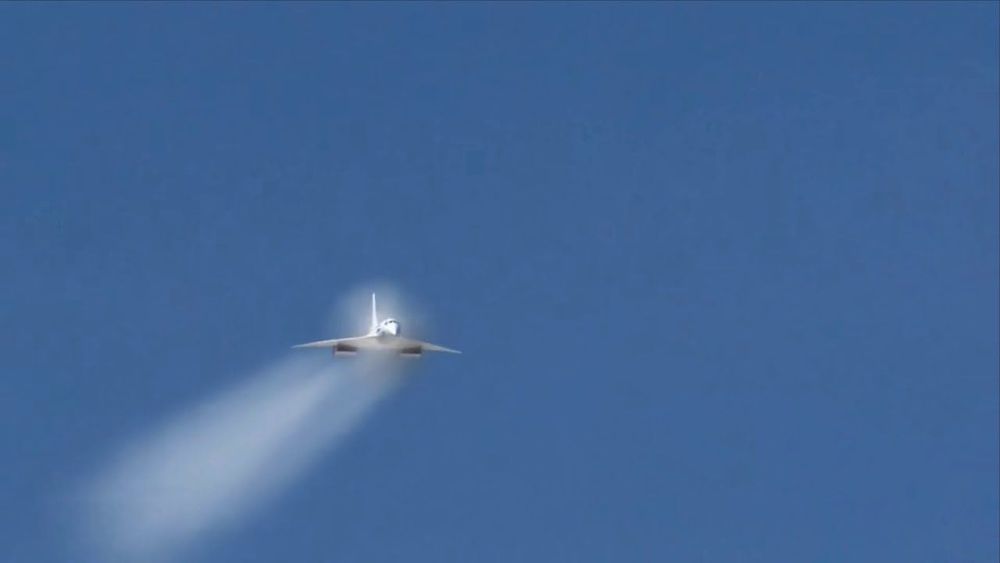
In partnership with NASA, the Lockheed Martin Skunk Works team is solving one of the most persistent challenges of supersonic flight – the sonic boom. NASA awarded Lockheed Martin Skunk Works a contract in February 2016 for the preliminary design of X-59, designed to reduce a sonic boom to a gentle thump.
In 2018, Lockheed Martin Skunk Works was selected for the design, build and flight test of the Low-Boom Flight Demonstrator (LBFD). The X-59 aircraft will collect community response data on the acceptability of the quiet sonic boom generated by our design, helping NASA establish an acceptable commercial supersonic noise standard to overturn current regulations banning supersonic travel over land. This would open the door to an entirely new global market for aircraft manufacturers, enabling passengers to travel anywhere in the world in half the time it takes today.
X-59 is designed to cruise at 55,000 feet at a speed of about 940 mph and create a sound about as loud as a car door closing, 75 Perceived Level decibel (PLdB), instead of a sonic boom.
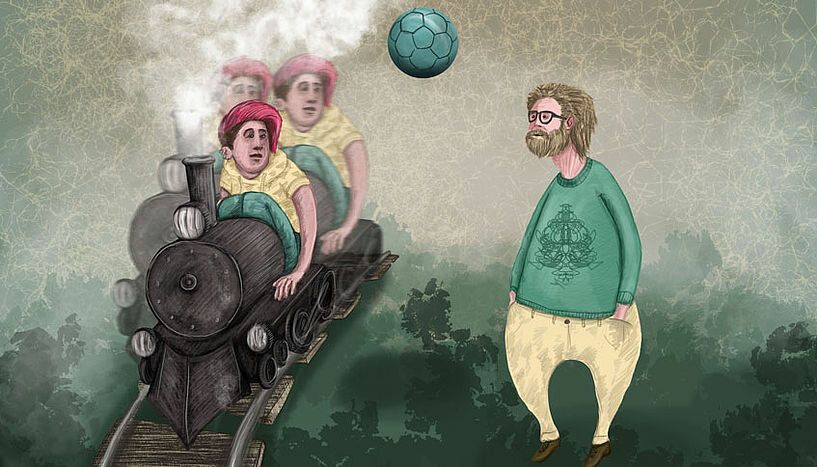
Researchers at the University of Vienna study the relevance of quantum reference frames for the symmetries of the world.
According to one of the most fundamental principles in physics, an observer on a moving train uses the same laws to describe a ball on the platform as an observer standing on the platform – physical laws are independent on the choice of a reference frame. Reference frames such as the train and the platform are physical systems and ultimately follow quantum-mechanical rules. They can be, for example, in a quantum state of superposition of different positions at once. So, what would the description of the ball look like for an observer on such a “quantum platform”? Researchers at the University of Vienna and the Austrian Academy of Sciences proved that whether an object (in our example, the ball) shows quantum features depends on the reference frame. The physical laws, however, are still independent of it. The results are published in Nature Communications.
Physical systems are always described relative to a reference frame. For example, a ball bouncing on a railway platform can be observed either from the platform itself or from a passing train. A fundamental principle of physics, the principle of General Covariance, states that the laws of physics which describe the motion of the ball do not depend on the reference frame of the observer. This principle has been crucial in the description of motion since Galileo and central to the development of Einstein’s theory of relativity. It entails information about symmetries of the laws of physics as seen from different reference frames.